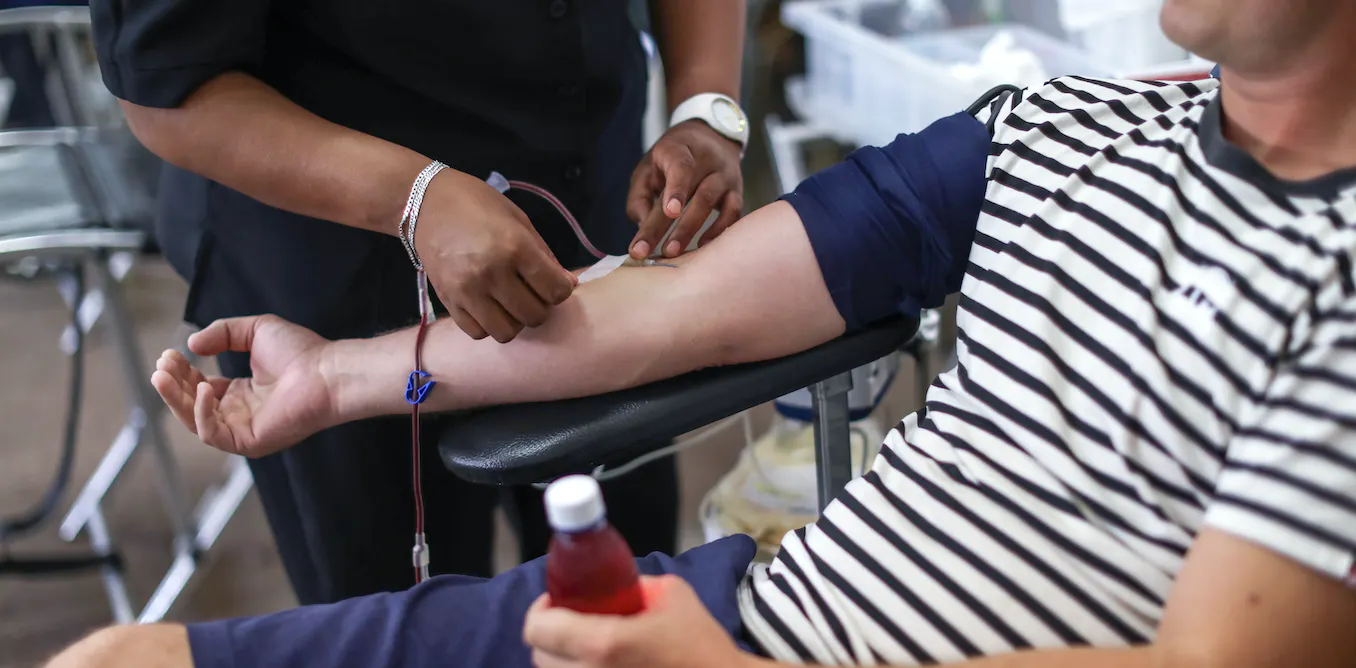Breast cancer, a pervasive concern affecting women globally, has prompted vigilance in detection and treatment. In the United States, an estimated 240,000 cases of breast cancer are diagnosed annually, as reported by the US Centers for Disease Control and Prevention. However, a recent study suggests that not all diagnoses lead to necessary treatments, especially among older women.
Unnecessary Treatment Risk: The Study’s Disturbing Revelation
Published in the Annals of Internal Medicine, a study has unveiled a disconcerting trend. Among American women aged 70 to 85, a significant proportion are potentially overdiagnosed with breast cancer, leading to the likelihood of receiving unnecessary treatments. Overdiagnosis, on this context, refers to figuring out breast cancers thru screening that may not have posed medical troubles otherwise.
Study Details: Magnitude of Overdiagnosis
The take a look at centered on 54,635 ladies elderly 70 or older who had gone through breast most cancers screening. The outcomes suggest that 31% of girls elderly 70 to seventy four and 47% of these elderly seventy five to eighty four have been doubtlessly overdiagnosed with breast cancer. Among ladies elderly eighty five and older, the probability of overdiagnosis peaked at 54%.
Technology’s Role: Advances in Detection and Implications
Technological advancements have significantly contributed to the rise in breast cancer diagnoses. Advanced screening techniques, such as three-dimensional mammography, CT, MRI, and PET scanning, have enabled the detection of even the smallest cancer lesions. While these technologies offer a boon in early detection, they also bring forth a challenge: distinguishing between cancers that will evolve and those that will remain dormant.
The Impact of Aggressive Treatment: Unintended Consequences
Aggressively treating cancers that may not progress, spread, or prove lethal due to genetic factors can lead to unintended negative outcomes. Surgical procedures, radiation, and chemotherapy could potentially harm patients unnecessarily, leading to complications and increased stress. Additionally, the financial burden and emotional toll of unnecessary treatments cannot be overlook.
Balancing Treatment and Well-Being: Tailored Approaches
Dr. Ilana Richman, lead writer of the take a look at and an assistant professor of drugs at theYale School of Medicine, advocates for individualized decisions regarding breast cancer treatment for older women. She highlights the need to weigh potential overdiagnosis against a patient’s life expectancy and overall health.
Lack of Guidance: Mammograms for Older Women
For women aged 75 and above, the US Preventive Services Task Force does not offer definitive guidance on whether mammograms are necessary. The decision to continue mammograms is a nuanced one, heavily dependent on individual circumstances. Mammograms for this age group cost Medicare over $410 million annually, underscoring the financial implications of widespread screening.
Future Prospects: Cancer Genomics and Refined Definitions
Experts predict a future where advances in cancer genomics will enable the differentiation between benign and aggressive cancers. This enhanced understanding could lead to a redefinition of cancer based on an individual’s genetic makeup and distinct patterns of behavior. Such personalized approaches could minimize unnecessary treatments and improve patient outcomes.
Conclusion: Navigating a Complex Terrain of Decisions
The study’s findings spark a critical conversation about the appropriate response to breast cancer diagnoses in older women. Balancing the potential risks and benefits of treatments, considering individual health factors, and aligning with evolving technological capabilities are all essential components of making informed decisions. As the medical landscape continues to advance, tailored strategies that prioritize patient well-being stand to redefine the path forward in breast cancer diagnosis and treatment.



